This is the thirteenth in an ongoing series illustrating the relationship of Drawdown strategies to landscape architecture. For context, read the initial post here.
My presentation for Grey to Green is right around the corner, so if you’re at the conference come check it out (Thursday, April 5th in Toronto), so this will be the last post on the Daily Drawdown series. The journey encompassed a couple of weeks worth of musings specifically on how landscape architecture intersects with climate change mitigation. This final post on urban forests rests at the heart of how landscape architecture, by the nature of the main materials we employ in designs, can assist in overall greenhouse gas reduction.
Afforestation is the #15 ranked strategy, with over 18 gigatons of CO2 reduction possible by 2050. The specific definition is helpful, as this is purely focused on “creating new forests where there were none before,” so it fits nicely into previously developed agricultural and pasture lands, but also weaves into the urban areas nicely, such as street trees, parklands, and other areas, all of which can act as carbon sinks. While plantations are not the preference due to monocultures lacking diversity and resilience, fast growing tree species could act on undeveloped or vacant lands to phytoremediate and boost productivity in urban areas until development is implemented. A fast options is the technique pioneered by Akira Miyawaki, which can be accelerated to grow in much quicker ways, which is also described by this Ted Talk from Shubhendu Sharma.
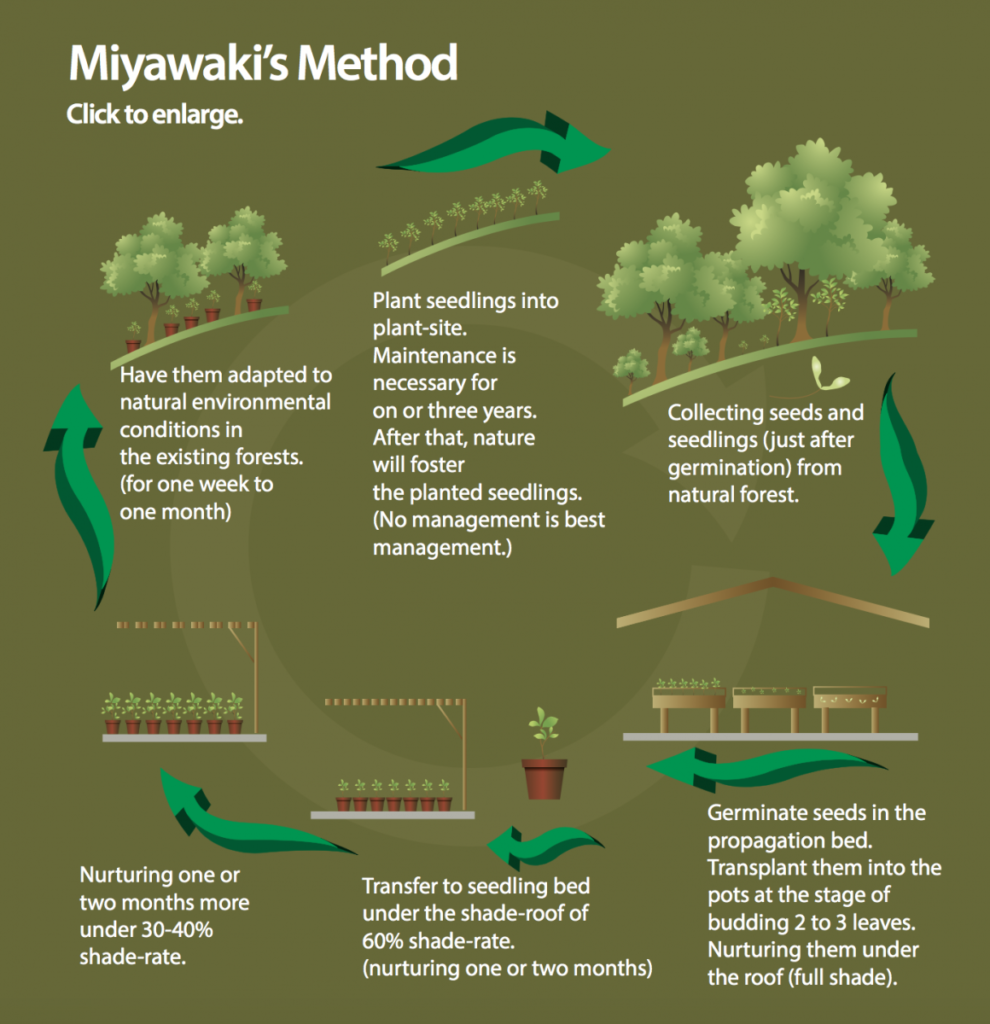
A figure from the IPCC Summary for Urban Policymakers gives a good snapshot of the difference between more active, technological Carbon Capture and Storage versus afforestation, which is more applicable and the distinction as well between reforestation (which is planting those trees where they were already previously). Both act as key

A secondary set of solutions around this fall into the larger framework of Regenerative Agriculture and productive uses of land implementing trees. This includes Multistrata Agroforestry which uses layers of different plants to mimic natural forest structure, using species that have productive uses. This comes with multiple benefits like better erosion control especially on steep slopes, as well as boosting biodiversity, and habitat, and as mentioned, “An acre of multistrata agroforestry can achieve rates of carbon sequestration comparable to those of afforestation and forest restoration, with the added benefit of producing food.”
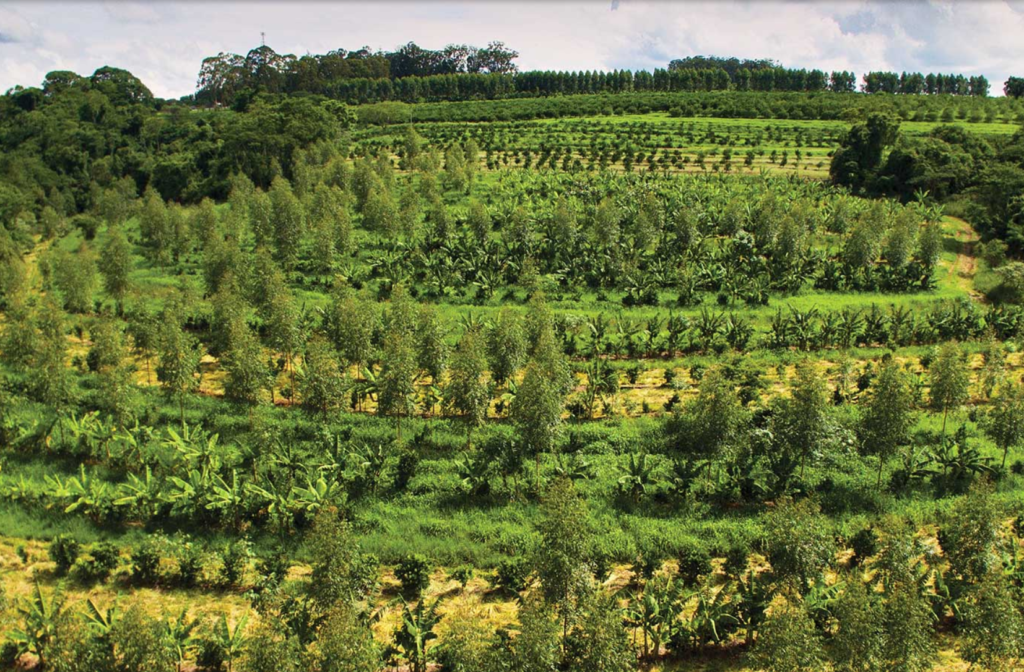
Silvopasture is another technique, layering pasture and forests, which is perhaps a way to connect to larger concepts of urban agriculture or retrofitting suburbs for both productivity and mitigation. As mentioned in Drawdown: “Research suggests silvopasture far outpaces any grassland technique for counteracting the methane emissions of livestock and sequestering carbon under-hoof. Pastures strewn or crisscrossed with trees sequester five to ten times as much carbon as those of the same size that are treeless, storing it in both biomass and soil.” While a broader trend of climate change will be to reduce meat consumption, there may be transitional strategies that allow for this efficient system.
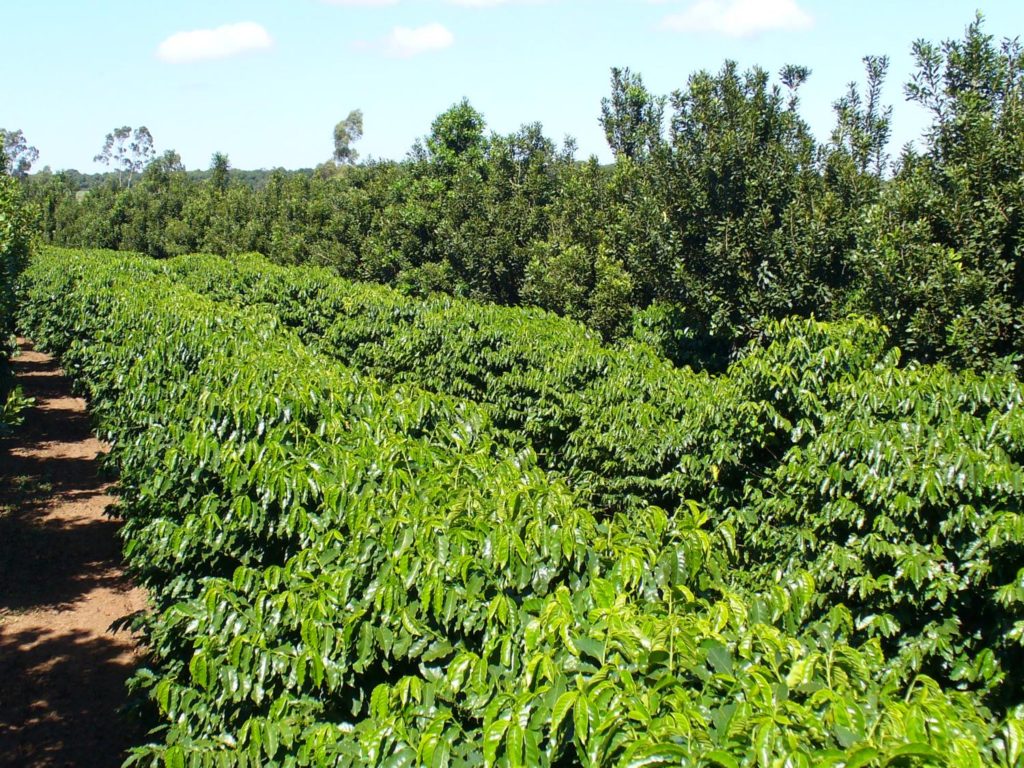
Tree Intercropping, has lots of applicability to urban areas, by planting both trees and crops together to provide better management of land than single-use crops or orchards. According to Drawdown: “…tree intercropping is one of dozens of techniques that can create an agricultural renaissance—a transformation of food-growing practices that bring people, regeneration, and abundance back to the land.” A permaculture version of this is seen at the Beacon Food Forest in Seattle is a great example of this sort of regenerative system that can grow food while also sequestering larger amounts of carbon in an urban area.
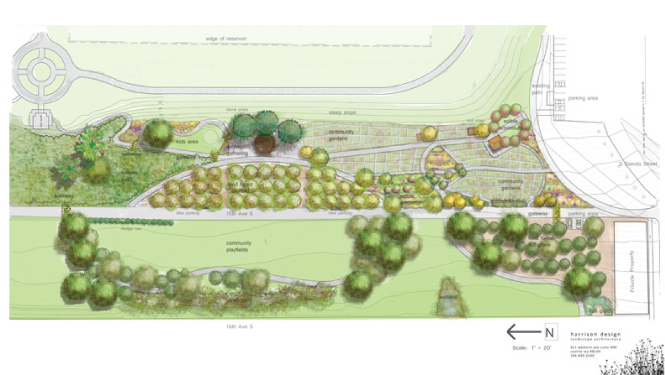
The short story here is trees are vital to carbon sequestration, and we need to have a much better understanding on the mechanisms that are in play in the amount, how soils and plants interact, and how we can use this information in our designs. Not related directly to Drawdown, but it’s existing to see the work being done by Pamela Conrad from CMG Landscape Architecture, or at the least the hint and promise of it from a few articles, which I shared on this previous post. The idea of climate positive design is based on the sequestration potential of vegetation, so the calculator/tool that is being developed is an exciting addition to
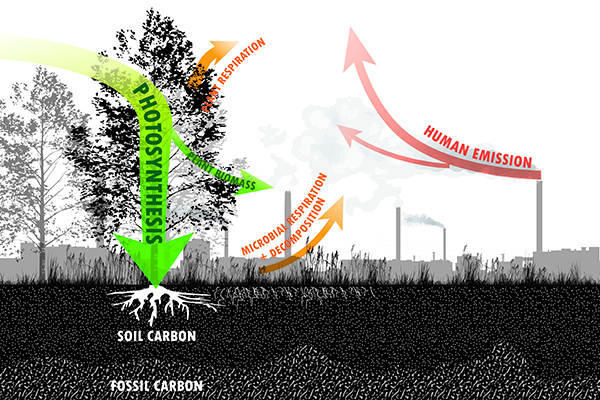
I will probably post on Drawdown here and there, but this group of posts have captured most of the key elements. One idea I did have was to compile these into a handy guide which I’ll post as a PDF resource, which I think is important. Also, related to Drawdown and landscape architecture, there’s other discussions happening, so one thing I’d like to offer are some reactions to the LAF Discussion on Drawdown from Martha Schwartz that happened today, so stay tuned later for that one.
HEADER: Oxbow Regional Park – image via Metro
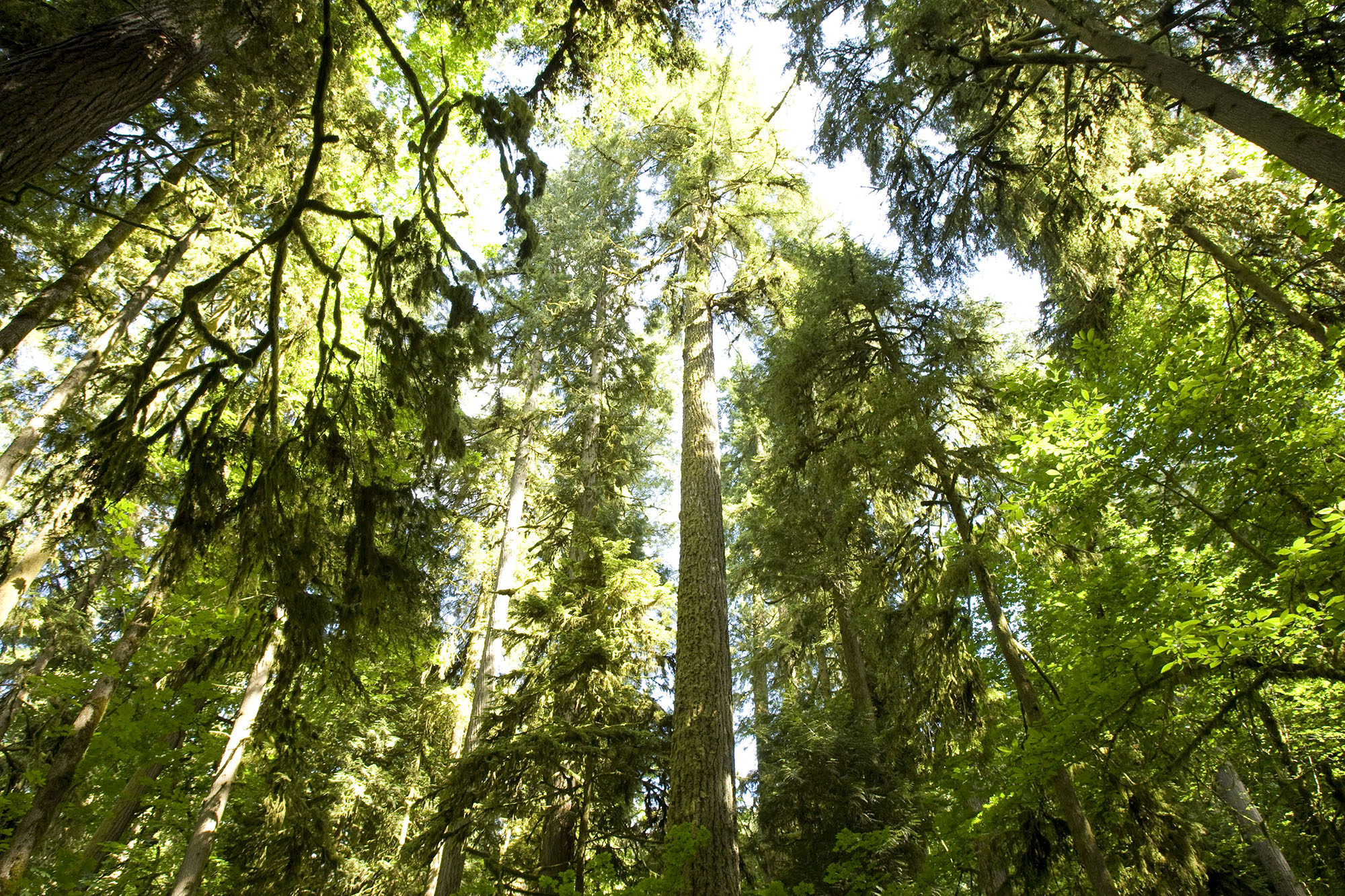
wonderful indeed
Hello. I love your Daily Drawdown site. it is informative and beautiful.